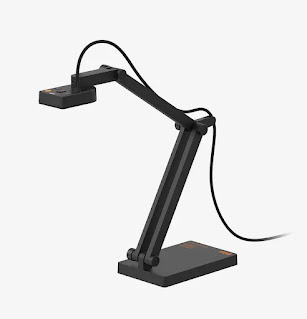Blog Post #5: The ChatGPT Experience

This image shows the ChatGPT logo in black and white. Image retrieved from https://seeklogo.com/vector-logo/465219/chatgpt#google_vignette As a teacher, using ChatGPT, or other AI systems, is something that I am becoming steadily more experienced in as it is slowly being integrated into instructional practices. With my experience in education, I was very intrigued to experiment with Ethan Mollick's AI Tutor Blueprint ChatGPT prompt. With this prompt, I was able to create my own prompt to support students in a specific skill that I teach. His prompt assisted me in creating a guide for students to successfully craft a literary analysis essay using the RACE (restate the question, answer the question, cite evidence, explain) and S/M/M (say, mean, matter) strategies. In his lecture, Mollick states that, "Baseline knowledge matters more than ever because you need to know enough to be able to work with these systems." (2024, 4:28). This was proven to be true while work...



